Were Ancient Gods Real, Immortal Beings?
Were Ancient Gods Real, Immortal Beings?
Introduction
Growing up, I devoured stories of Zeus casting thunderbolts, Ra steering the sun across the sky, and Odin in his all-seeing wisdom. These gods seemed more vivid than any historical figure—alive, powerful, immortal. But as an adult, with a foot in archaeology, comparative religion, and cultural studies, I’ve come to wonder: were ancient gods literally real beings, immortal and divine? Or are they compelling metaphors, ancestral archetypes, and cultural stories shaped by human imagination?
Let’s journey through the intersection of myth, history, and belief to explore what ancient deities may have actually been—and why their legacies still resonate in 2025.
What if ancient gods were real beings who walked among people?
Across cultures—from Mesopotamia’s Enlil to India’s Vishnu—ancient peoples believed their gods lived among them, engaged in quarrels, love affairs, and cosmic battles. The Greek gods held court on Olympus; Egyptian deities stood at temple doors; Norse gods drank wine in Valhalla.
Archaeological evidence confirms temples, statues, rituals, and offerings. But that doesn’t prove divine beings physically existed. Instead, these gods might reflect phenomena: thunder as Zeus’s voice, fertility as Aphrodite’s blessing. They served as frameworks to explain weather, seasons, morality—human concerns externalized as cosmic forces.
Yet, could they have been immortal beings from another realm? Some suggest that unexplained events—like sudden floods or solar eclipses—became anchors for believing in immortal, living gods. If something powerful and recurring showed up, early humans might imagine it as conscious divinity.
Our Thoughts
At EdgyThoughts, we’re open to the possibility that ancient witnesses experienced—and described—cataclysms, celestial anomalies, or unexplained energies in divine terms. Whether or not those beings still walk among us today, we believe myths encode truths cloaked in metaphor, memory, and mind. They echo experiences our ancestors thought divine, and perhaps they truly were—just not the kind we expect.
Pros and Cons of Ancient Gods as Real Beings
| Pros | Cons |
|---|---|
| Provides cultural consistency in recorded events. | No empirical evidence for physical immortals. |
| Explains profound myths tied to geology or astronomy. | Could be projection of human hopes and fears. |
| Offers resonance in personal spiritual experiences. | Temples/statues show worship, not proof. |
| Myth aligns with archaeological anomalies occasionally. | Science favors natural explanations over supernatural. |
| Could inspire fresh interpretations of ancient lore. | Confirmation bias fuels modern myth belief. |
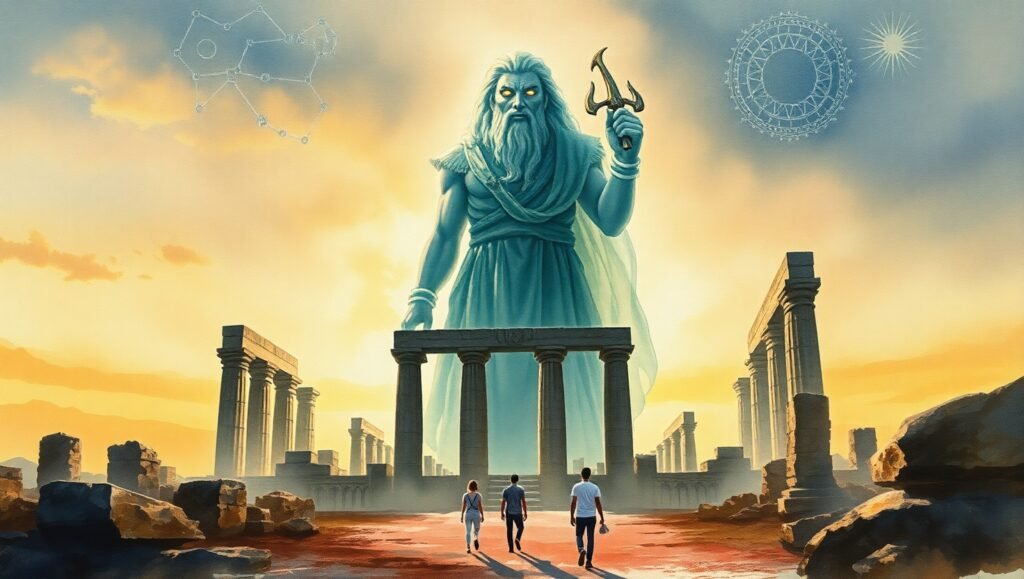
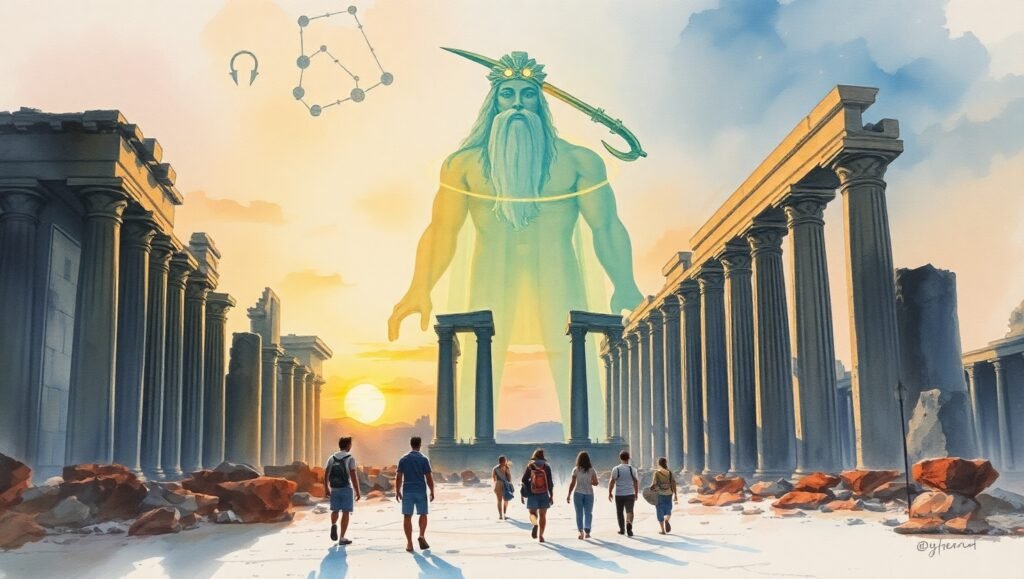
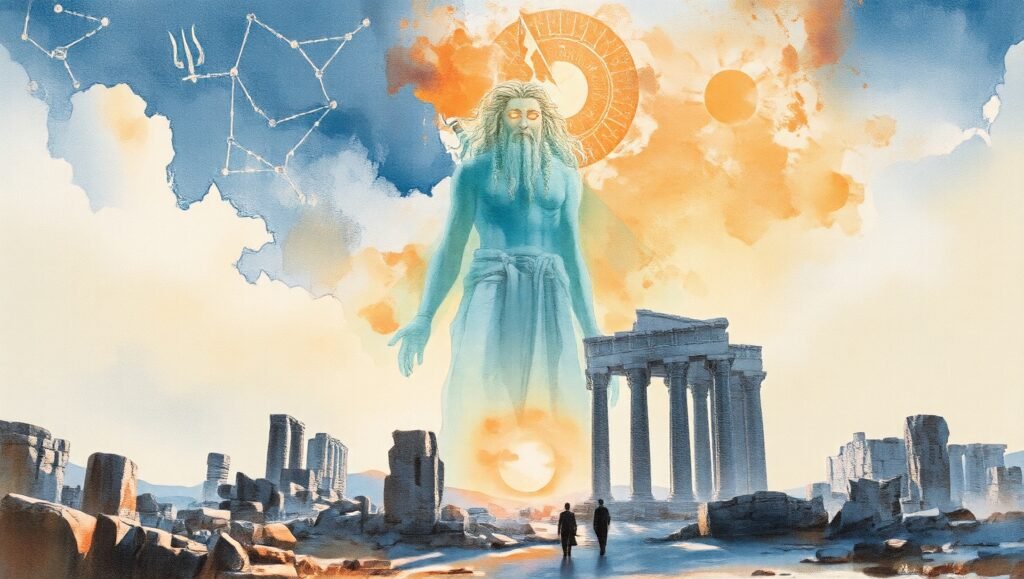
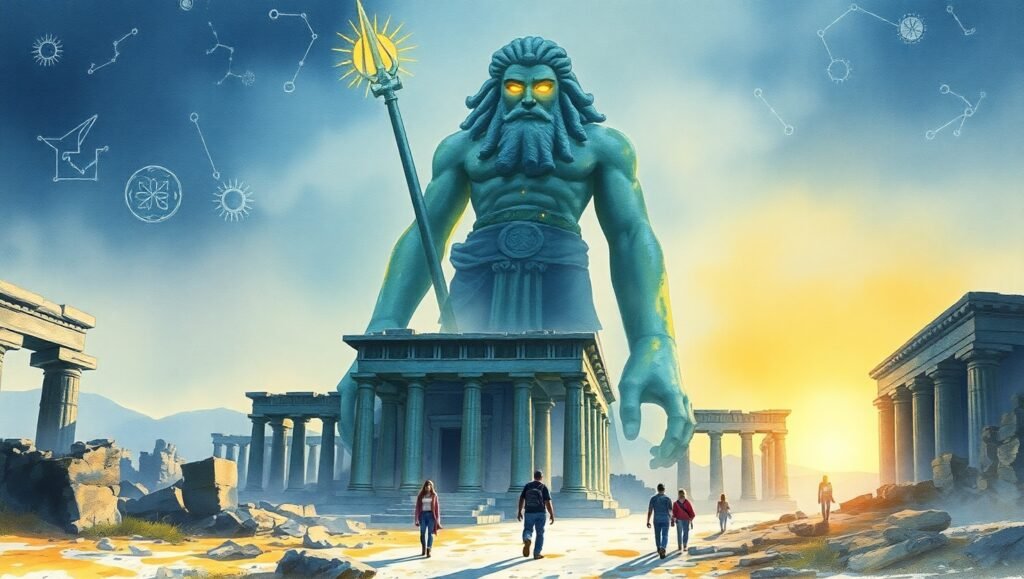
Could myths come from real encounters with otherworldly beings?
Consider this: what if our ancestors encountered strange beings—meteor showers, solar flares, aurorae—and interpreted them as gods descending?
- A civilization sees a massive comet; they call it a dragon-god with divine purpose.
- A volcanic eruption reshapes their landscape—perhaps the hammer of Thor striking the earth.
- A group worships a glowing, underwater entity—could that echo into tales of merfolk or sea-deities?
These shared, awe-inspiring experiences could be the seed from which gods emerge—real, but natural; legendary, but rooted in lived human reverence.
Do modern myths still echo ancient belief in real gods?
Absolutely. New religions, spiritual movements, and UFO/xeno-theologies often mirror classic myth structures: immortal cosmic beings who communicate with humans, grant powers, or influence destinies. Our fascination with Star Beings or Avatar-like ascendant beings may be modern twists on ancient divine archetypes. It suggests humans continue to instinctively believe in beings beyond our ordinary perception—if not the same gods, then the same ideas.
Key Points You Should Know
- No concrete evidence ancient gods were immortal physical beings.
- Myths likely describe natural phenomena personified.
- Archaeology confirms human worship—not godly existence.
- Psychology and neurology may explain divine experiences.
- Modern myths and spiritual beliefs continue godline legacies.
Explaining Each Point
- 1: There’s no fossil, fossilized body, or biological record of Zeus, Ra, or others.
- 2: Meteor showers, floods, and eclipses were often explained through divine agency.
- 3: Temples and rituals reflect worship practices, not literal interaction.
- 4: Human brains triggered by awe, group trance, and altered consciousness lead to supernatural experiences.
- 5: The impulse to reframe forces as sentient beings hasn’t waned—it’s evolved.
What We Think
We don’t dismiss the divine outright—but neither do we accept it uncritically. Our interpretation sits between science and myth: ancient gods were real, yes—but real as reflections of human experience, culture, and nature. They were not literally immortal in flesh, but immortal in story, archetype, and influence. And that may matter more. These myths continue to shape our values, fears, and search for meaning. Recognizing them as potent metaphors doesn’t diminish them—it deepens them.
🔗 Related Articles from EdgyThoughts.com
- What If Time Moves Differently in Dreams?
https://edgythoughts.com/what-if-time-moves-differently-in-dreams/
🌐 External Resource
Explore comparative mythology and ancient belief systems here:
Wikipedia – Mythology

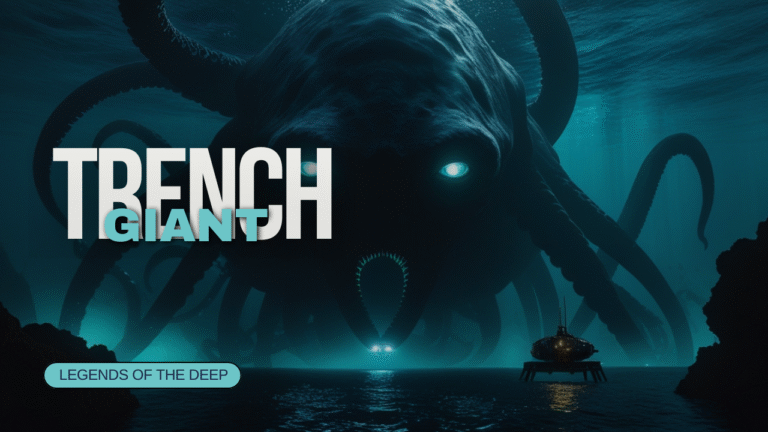
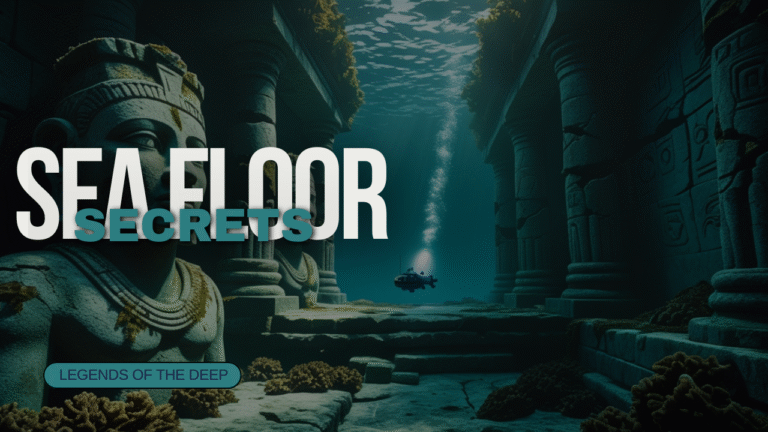
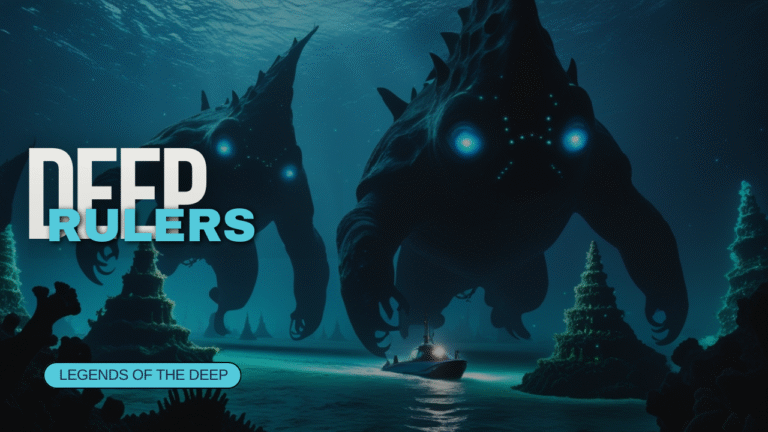

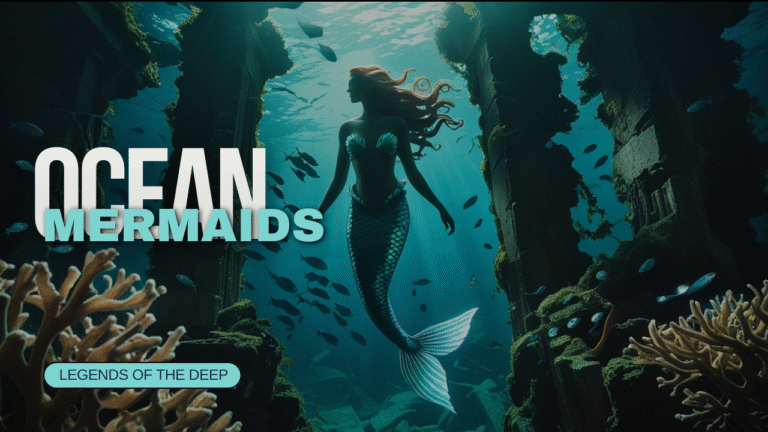
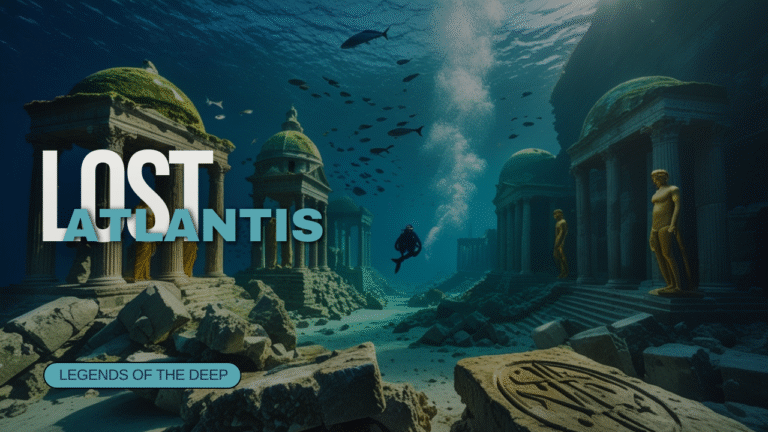
One Comment
Comments are closed.